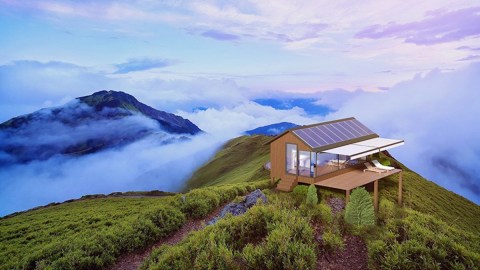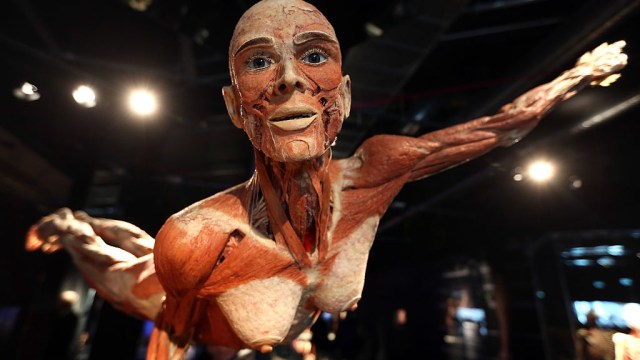A Ukrainian robot can print this $64,000 house in just 8 hours
It takes an average of 7.5 months to build a single-family home. A Ukrainian startup has cut that timeframe down to just 8 hours.

Image: PassivDom
Sign up for Big Think on Substack
The most surprising and impactful new stories delivered to your inbox every week, for free.
It takes an average of 7.5 months to build a new home. Even the smallest of domiciles — cabins, micro homes — usually take months to construct. But the Ukrainian startup PassivDom has cut that time down to as few as 8 hours by using a 3D-printing robot to print autonomous, mobile homes for $64,000 each.
The robot only prints the walls, floor and roof of the 410-square-foot homes, while human workers later install the windows, doors, plumbing, and electrical systems. Also, the 8-hour timeframe only applies to the company’s most basic model. Still, since its launch in early 2017, PassivDom has already received more than 8,000 preorders for the homes in the U.S. alone.
PassivDom’s smallest model, the 410-square-foot modulOne, ranges in cost from $64,000 to $97,000, depending on the features.

The most expensive model comes equipped with appliances, furniture, heating and cooling, and a smart ventilation system.

The top-tier model also allows owners to manage every system in the house—including cloud-based video surveillance—through a smartphone app.

The house features floor-to-ceiling windows and a small kitchen.

The larger 775-square-foot model, modulTwo, includes a second room.

Every model is equipped to live off the grid with a solar cell-integrated roof, and the more expensive models include battery storage.

“We should have opportunities to live in nature away from civilization, but have comfortable conditions of a traditional house,” PassivDom designer Maria Sorokina said to Business Insider. “This technology can allow us to live in the woods, on mountains, or on the shore—far away from people and infrastructure.”

While the simplest model can take just 8 hours to complete, the more advanced homes can take up to a month to install all of the features.

“Over 100 million people do not have a roof over their heads,” Sorokina said. “It is necessary to build more affordable houses.”
Sign up for Big Think on Substack
The most surprising and impactful new stories delivered to your inbox every week, for free.





